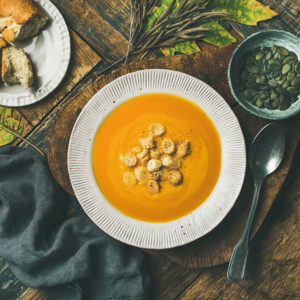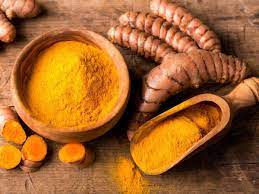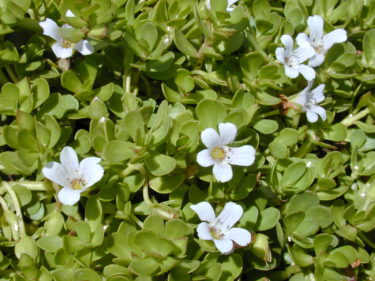Summertime is abundant with fresh, flavorful in-season produce. The grocery store seems to be brimming with tempting watermelon, cucumbers, strawberries, arugula and zucchini. As the temperatures cool, you may be wondering what seasonal produce you can fill your plate with. In this article, “The Ultimate Autumn Guide To Eating In-Season” we focus on the importance of eating in-season produce.
Why Eating In-Season Produce Matters?
Autumn is the harvest season and offers many delicious and nutritious seasonal produce to sustain us through the colder nights. We want to focus on in-season produce for many reasons.
One reason to focus on seasonal produce is that it is at its most ripe and contains maximum nutrition. When we buy out-of-season produce, those fruits and veggies are picked before they become ripe. When produce is not allowed to ripen on the vine, the nutritional value suffers.
Another reason is that out-of-season produce must be grown in a different climate, usually very far away in order for the crop to grow. These fruits and veggies have to travel a very long way to make it to our plate which creates a much bigger carbon footprint. When we choose in-season, we often choose local which helps support farmers in our surrounding communities.
What to Eat In-Season During Autumn?
Vegetables like beets, broccoli rabe, Brussels sprouts, cabbage, carrots, cauliflower, chard, curly endive or frisée, edamame, escarole, fennel, green beans, horseradish, kale, kohlrabi, leeks, mushrooms (excluding morels), parsnips, pumpkins, radicchio, rutabaga, sweet potatoes and squash.
Fruits like apples, cranberries, figs, lemons, limes, oranges, pears, Hachiya and Fuyu persimmons, pomegranates and quince.
How to Prepare Autumn Produce
Greens:
Leafy greens like kale, kohlrabi leaves and radicchio scream salad. But as the temperatures cool, it’s important to eat cooked and warming foods to keep your body balanced. Try steaming seasonal greens or sautéing them in oil or ghee with salt, pepper and seasonings of your choice. If you must have a salad, try cooked and warm toppings like grilled chicken, roasted beets or curried tofu.
Squash and Root Vegetables:
Autumn offers copious amounts of tasty squash varieties and root vegetables which couldn’t be easier to prepare. Roasting these little gems is the easiest way to bring out their natural sweetness. Preheat your oven to a temperature between 400 and 450 degrees. The lower the temperature, the longer the roasting time, about 45 to 60 minutes; and the higher the temperature, the quicker the roasting time, around 35-45 minutes.
Peel and chop the vegetables into 1-inch cubes and mix with a generous amount of oil, salt, pepper and seasonings of your choice.
Roast on a nonstick or foil-lined pan until fork-tender, turning halfway through cooking.
Fruits:
The most famous fruit of autumn has to be the apple. Sweet and crisp, these are the jewel of the orchard in autumn. Stew apples and cranberries with some warming spices like nutmeg and ginger to make a great topping for your morning oatmeal. Sauté apples in ghee and cinnamon for a quick and tasty side dish, or consider making your own low-sugar apple jam or butter to can for the cooler months.
Cranberries are a tart treat native to North America. Celebrate these little red berries in homemade chutneys, whole grain muffins, add to porridge and use in stuffings. And, of course, cranberry sauce isn’t exclusive to Thanksgiving!
Pears and quinces can be poached for a quick and satisfying dessert or made into a compote that pairs wonderfully with local cheese.
Eating In-Season – Favorite seasoning pairings:
Cinnamon, nutmeg and a hint of ginger on sweet potatoes or butternut squash.
Garlic, rosemary and balsamic vinegar on Brussels sprouts.
Garlic, dried oregano and basil on spaghetti squash.
Try Chinese five-spice (cinnamon, cloves, fennel, star anise and a hint of heat with Sichuan pepper) for a spicy and warming apple dish.
Cranberries, orange zest and ginger make wonderful flavoring for breads and muffins.
Want to create your own Ayurvedic seasoning? Check out this article all about taste pairing!
Now that you are armed with some knowledge, eating in-season during autumn is a breeze (a slightly crisp and chilly one).
There is nothing more important than eating in-season produce. Try it and recommend the article to your friends and family.






